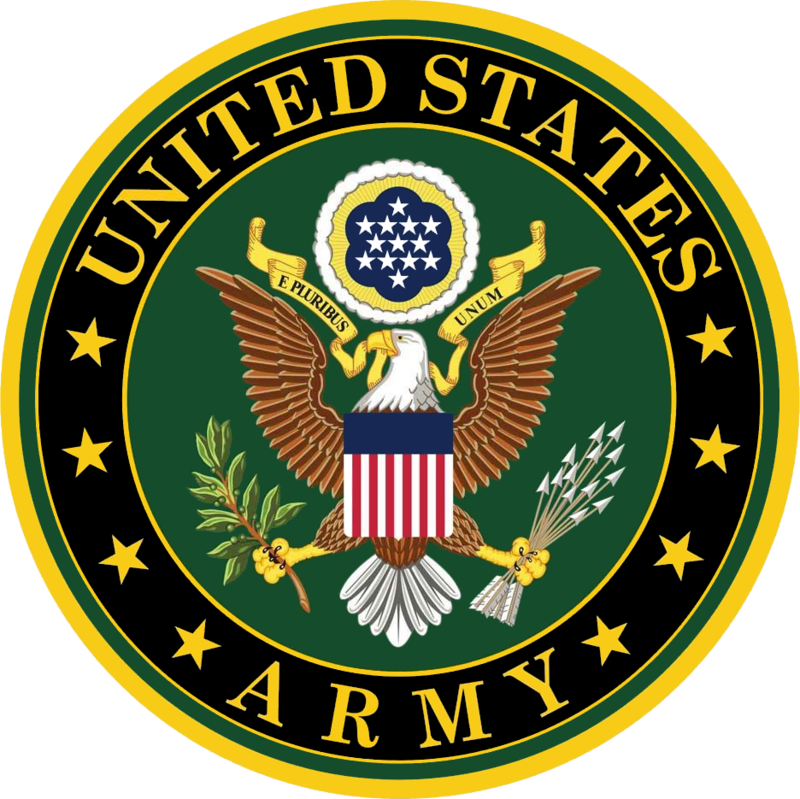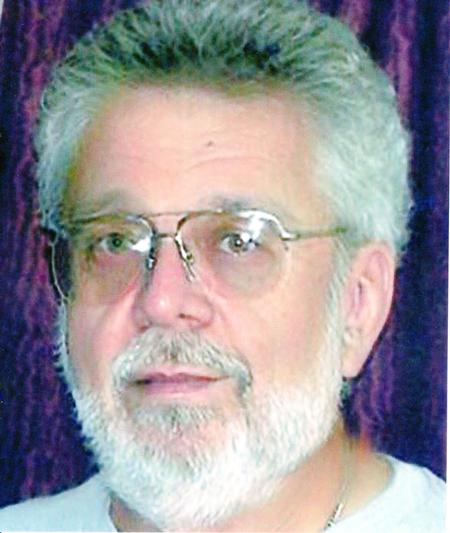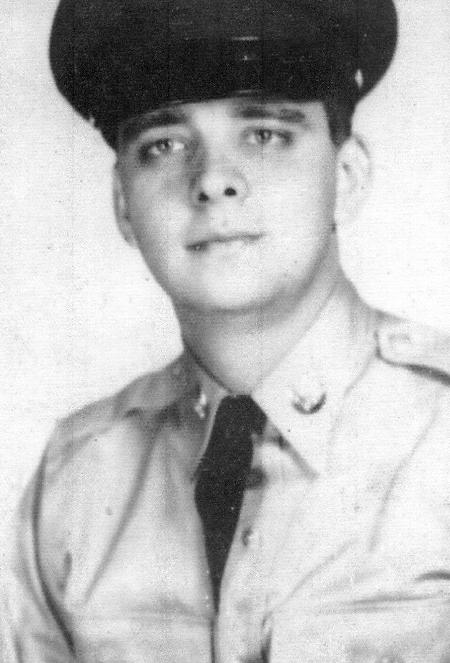ABOUT 253rd Tank Battalion
- WWII Activation: The 253rd Tank Battalion was activated during World War II as part of the United States Army’s rapid armored force expansion.
- Training Locations: The unit trained extensively at several camps across the United States, including Camp Bowie in Texas and Fort Knox in Kentucky, to prepare for deployment.
- European Theater Service: The battalion was deployed to the European Theater, where it supported infantry divisions during the final phases of World War II.
- Tank Types: The 253rd Tank Battalion was equipped primarily with M4 Sherman tanks, the backbone of the US armored forces during the war.
- Combat Debut: The battalion saw its first combat in late 1944, participating in several key operations to breach German defenses.
- Support to Infantry: The unit often operated in close coordination with infantry regiments, providing direct fire support and helping to clear fortified positions.
- Battle of the Bulge: Elements of the 253rd Tank Battalion participated in the response to the German Ardennes Offensive, also known as the Battle of the Bulge.
- Postwar Occupation: After the defeat of Nazi Germany, the battalion remained in Europe as part of the occupation forces, helping to stabilize the region.
- Distinguished Service: Members of the 253rd earned several individual and unit commendations for bravery and effectiveness in combat.
- Legacy and Deactivation: After WWII, the unit was eventually deactivated, but its veterans and their families continue to commemorate its service through reunions and historical societies.



